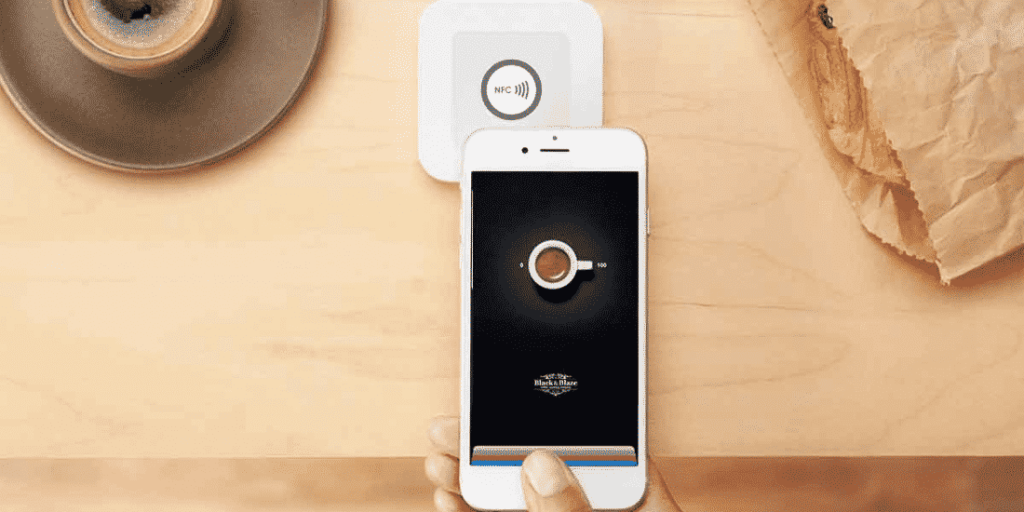Table of Contents
Introduction
Since the introduction of more detailed privacy regulations, such as the GDPR and the CCPA, businesses have started to take consumer consent and data privacy seriously.
Consumer data comes in multiple forms, and it’s used for many different purposes, from advertising personalization to monetization.
Because of this, collecting and managing consumer preferences on how all of their data is used across these different use cases is not exactly the simplest of tasks.
Privacy laws have meant that businesses need a robust solution that provides consumers with this choice. Enter the consent management platform (CPM) – a toolkit that is designed to do just this.
What is a CMP
For consumer-facing publishers, there is a huge issue here. These businesses work with multiple partners across the advertising ecosystem. Each partner has numerous uses for consumer data, from advertising to personalization. Asking and managing this consent across an entire user base is a daunting task.
This is where a consent management platform comes in. By collecting user preferences for different data types and different uses and various partners, CMPs provide this functionality.
Think of a CMP of something that sits between the publisher and the user. It informs users about the type of data that the publisher will collect, whether through forms, or another method, and what this data will be used for. It allows consumers to modify these settings, stores this, and gives consumers a chance to opt-out and change these settings.
What this looks like for the consumer is usually a simple dialogue. This dialogue allows them to choose how their data is used. These preferences are stored and ultimately control of how user data moves between the publisher and the broader advertising ecosystem.
As a lot of new privacy regulations require businesses to offer this level of functionality to consumers, consent management software is a vital tool for any modern company.
Why do you need a CPM?
To give users the option to take control of their data.
CPMs provide the consumer with the opportunity to control their data and how it is used. They allow consumers to understand who is using their data and for what for.
CPMs give consumers the ability to revoke this access and update these preferences at any time. The tools then automatically communicate these consumer requests throughout the data supply chain.
This proves detailed control of personal data at an end-user level. This level of functionality puts the user in control and increases trust between a publisher, app, or other consumer-facing platform and the users that ultimately bring them revenue.
To comply with privacy regulation
The main reason that you need a CMP is to comply with relevant privacy laws and regulations. These tools are useful because they can be universally integrated across every consumer-facing platform, allowing companies to comply instantly.
Regardless of whether you’re an EU based business or not, correctly managing user preferences should be a priority. For website owners and publishers, offering users the choice and allowing them to achieve these at any point is fundamental to how regulators see the data-driven world.
To deliver better experiences, improve personalization or monetize user data
First-party data uses still require the same level of opt-in as data that is sent on to third-party solutions.
That means if you are using customer or user data for analytics or insights, you’ll need to implement the choice controls that come with a CPM.
This also applies for personalization, whether first-party page personalization or passing data onto third-parties to deliver personalized ads on your inventory.
As well as this, CPM functionality is required for data monetization or other activities where a user’s personal data is used for monetization purposes.
Are all consent management platforms compliant with GDPR and CCPA?
Well, no. You’ll have to check with the current privacy laws to be 100% sure. An excellent way to understand which CPMs are is to check to see if they use the IAB framework.
IAB transparency and consent framework
The IAB GDPR transparency and consent framework was built to understand what is needed from a CPM from a technical standpoint to comply with the GDPR. If that sounds like a mouthful of acronyms, then don’t worry, it can be a little confusing.
What this does in practice is sets several hoops for CMPs to jump through for their consent management platforms to be GDPR compliant. So, look out for this term when choosing a CPM as it means they have taken the time to verify that they are following best practices according to the leading industry body.
At the time of writing, there is currently no equivalent for the CCPA.
The Tamoco consent platform + SDK
A CMP is a powerful tool that should be implemented anywhere where consumer data is being processed or stored. For these reasons, it makes sense to have a CMP that can cope with large amounts of consumer preferences and can manage these in several different locations and platforms.
The Tamoco CMP collects user preferences in applications. It allows consumers to collect and manage use preference for data collection and data use.
Our CMP is the world’s first mobile-first CMP that allows developers to comply with data privacy legislation such as the GDPR and the CCPA.
With a straightforward integration app developers can take control of their app and deliver privacy management at scale for all of their users.
James is the head of marketing at Tamoco




Leave a Reply